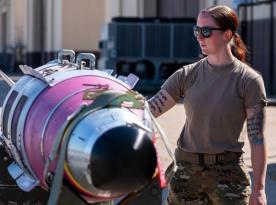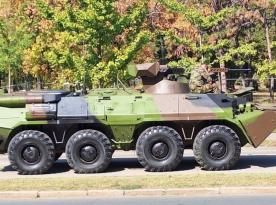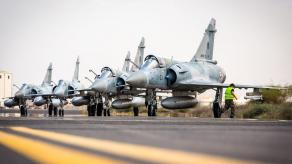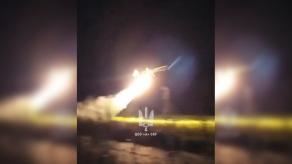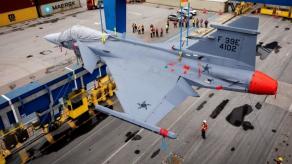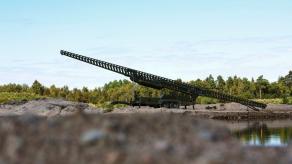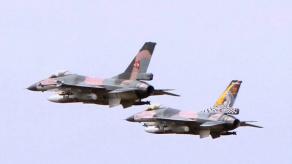Press service of the 11th Army Aviation Brigade of the Armed Forces of Ukraine has released a video showcasing the combat missions of its Mi-24V attack helicopters in intercepting and destroying russian Shahed-136/131 long-range kamikaze drones.
While the primary weapon used for neutralizing these aerial threats was the YakB-12.7 four-barreled machine gun, the footage also shows Ukrainian rotorcraft use unguided rockets, likely against air targets, too.
Read more: Ukrainian Mi-17 Helicopter Shoots Down russian Shahed Drone During an Air Raid (Video)
Some wait for things to get better.Some make them better. Ukrainian helicopters hunt for Shahed drones.Glory!: 11th Kherson Army Aviation Brigade/Facebook https://t.co/fLVRErm9bA pic.twitter.com/iRyOCu9l5R— Anton Gerashchenko (@Gerashchenko_en) February 11, 2025
A notable aspect of the video is the helicopters' camouflage, which appears to suggest their potential Czech origin. It's an important detail we'll get back to later. But first, let's pay attention to how the helicopters engage the Shaheds.
Taking into account the resources available and practical feasibility, the decision to use standard on-board weapons on Mi-24Vs for this task was a pragmatic choice.
Back in Soviet times, they usually employed R-60 air-to-air missiles to take down small aerial threats. However, given the short supply of R-60s at Ukraine's disposal, exchanging them for Shaheds is highly inefficient.
Also of interest is the demonstrated tactical approach for engaging russian killer drones in a group of three aircraft. The formation includes two Mi-24 attack helicopters to engage the threat and a Mi-8, which probably serves as a command platform for surveillance and target designation.
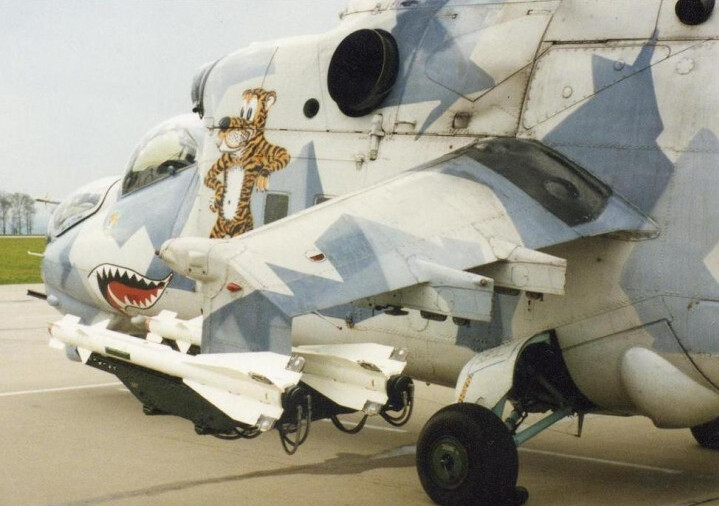
A whole different question is where Ukraine got a Mi-24V helicopter fleet numerous enough to allocate a couple per every enemy UAV. Estimates provided by the Polish website Defence24 suggest that Ukraine may have received as many as 35 of these aircraft through military aid from the Czech Republic, Poland, and North Macedonia.
However, these numbers may be somewhat inflated. Calculations by Defense Express show that Poland has transferred 11 Mi-24 helicopters to Ukraine. North Macedonia, in turn, contributed 12 but it's important to note that a substantial portion of these were not operable and thus could only be used disassembled for spare parts. The number of Mi-24Vs sent by the Czech Republic remains unclear.
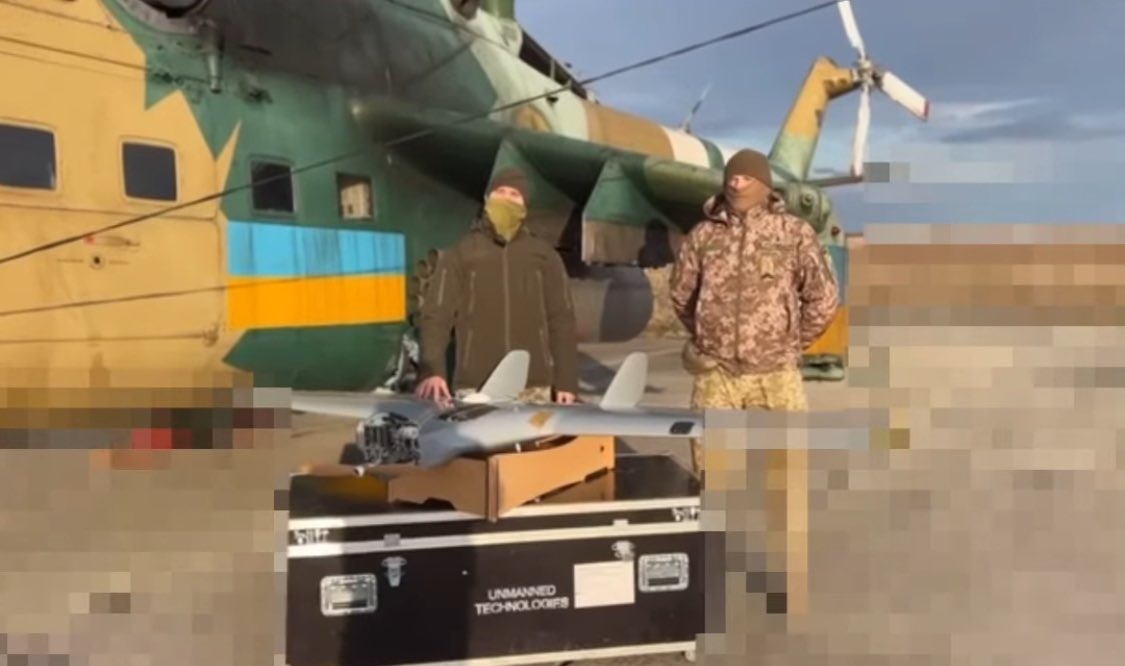
Despite some uncertainties, these calculations are crucial for understanding where Ukrainians got the resources that have enabled them to deploy even Mi-24Vs — helicopters that are in high demand for other missions like tactical support of troops on the frontline — to counter Shahed drones.
The ability to use Mi-24s for air defense tasks requires a significant fleet of operational helicopters, a capacity made possible largely thanks to external military aid and the dedicated efforts of Ukrainian personnel who maintain and service this vital equipment.
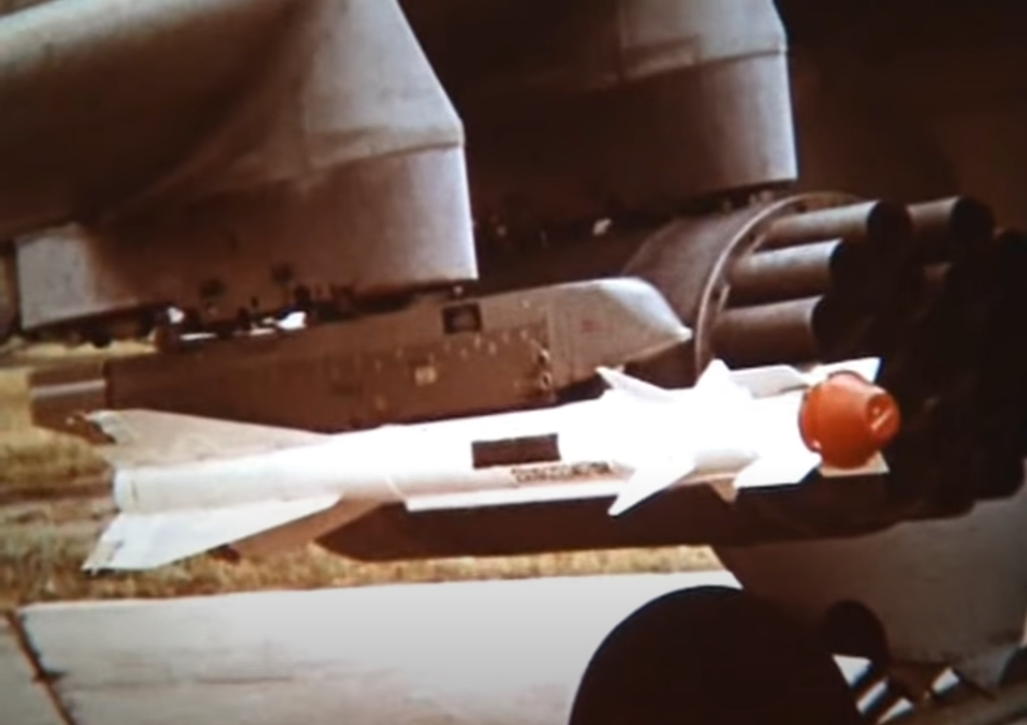
Read more: Let's Take a Look How NATO Helicopters Take Down Houthi UAVs and If it Can Help Ukraine






